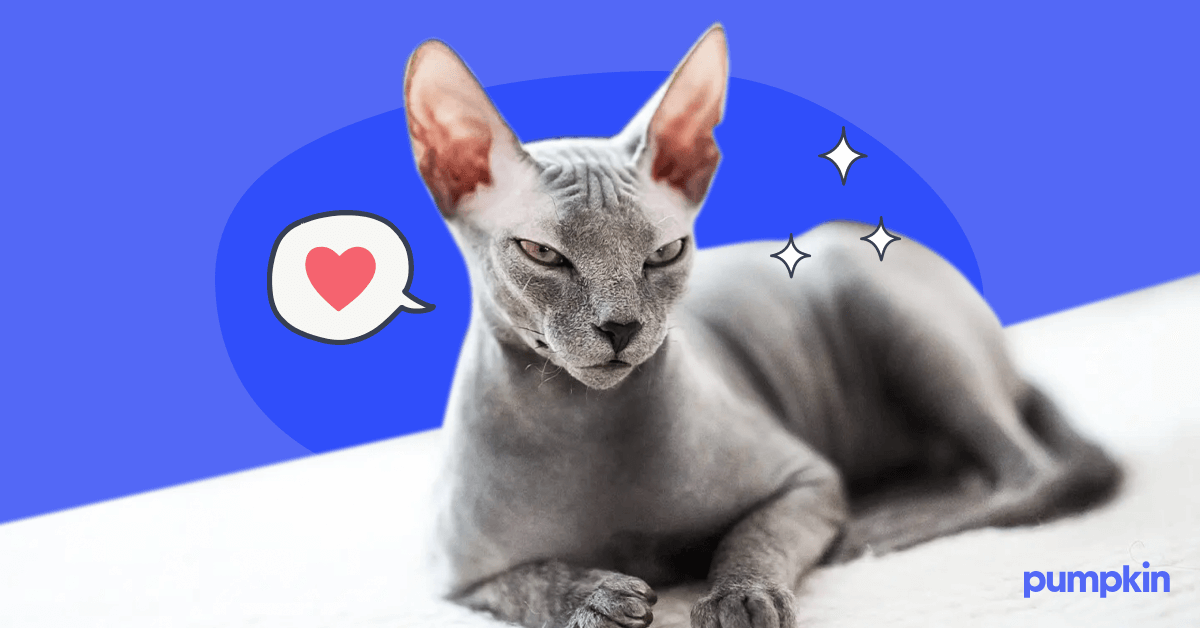Key Points
- Although truly hypoallergenic cats don’t exist, some breeds may produce fewer allergens than others.
- The Balinese, Siberian, and Sphynx are among the best breeds for allergy sufferers.
- The culprit behind cat allergies is a protein spread through cat saliva and dander.
Is there a better feeling in the world than when an adorable kitty curls up on your lap and starts purring like a motorboat? If you aren’t already a cat parent, then you’ll just have to take our word for it — it’s pretty great.
What’s not so great? Hives, sneezing, swollen and itchy eyes — anyone with a cat allergy dreads these symptoms. But for some, the idea of never cuddling a cute kitten of their own seems even worse.
If this sounds familiar, you may wonder if a specific cat breed would help. After all, if there are hypoallergenic dog breeds, what about hypoallergenic cat breeds?
Although no cat breed is truly 100% hypoallergenic, some tend to produce fewer allergens than others. From the intelligent Balinese to the beloved Siamese, read on to learn about the best hypoallergenic cat breeds for people with cat allergies.
What causes cat allergies?
According to the Asthma and Allergy Foundation of America (AAFA), as many as three in 10 people in the U.S. are allergic to cats or dogs. The AAFA also reports that cat allergies are about twice as common as dog allergies.
A common misconception is that cat allergies are mainly caused by cat fur, but the real culprit is actually a protein all cats produce called Fel d 1. This protein originates in a cat’s saliva and spreads when cats groom themselves. Fel d 1 is also spread through the cat dander, aka dead skin that comes with shedding.
The spread of the protein doesn’t stop there. Cats also transmit the protein through their urine, so be careful when you change the kitty litter.
Again, an allergic reaction isn’t caused by contact with cat fur. Rather, it’s from the protein secreted on the fur, skin, and urine. This is why less (or even a lack of) fur does not always mean less of an allergic reaction. It also explains why merely sitting in the home of a friend with a cat may trigger a reaction even if you never pet the cat — cat allergens can exist on furniture and clothing once shed from the body.
Give it to me straight: Do hypoallergenic cat breeds exist?
So, if all cats produce the Fel d 1 protein, are there any truly hypoallergenic cat breeds? To the dismay of itchy cat lovers everywhere, the answer is no. When we talk about “hypoallergenic cats,” we’re talking about cats anecdotally known to be kinder on folks with allergies, for a variety of reasons.
That said, according to the European Journal of Allergy and Clinical Immunology, Fel d 1 production varies among cats. The study notes that male cats have been shown to produce three to five times less Fel d 1 after being neutered, and female cats produce less than males.
In short, while there are no allergen-free and 100% hypoallergenic cats, allergy-friendly kitties produce less Fel d 1 protein and cause fewer symptoms.
The best hypoallergenic cat breeds
So, what are the best cats for people with cat allergies? We’ve gathered the most popular allergy-friendly cat breeds for you below, so consider welcoming one of these cute furballs into your home. With the right amount of brushing and grooming, you can minimize the chances of an allergic reaction (more on this below).
1. Balinese
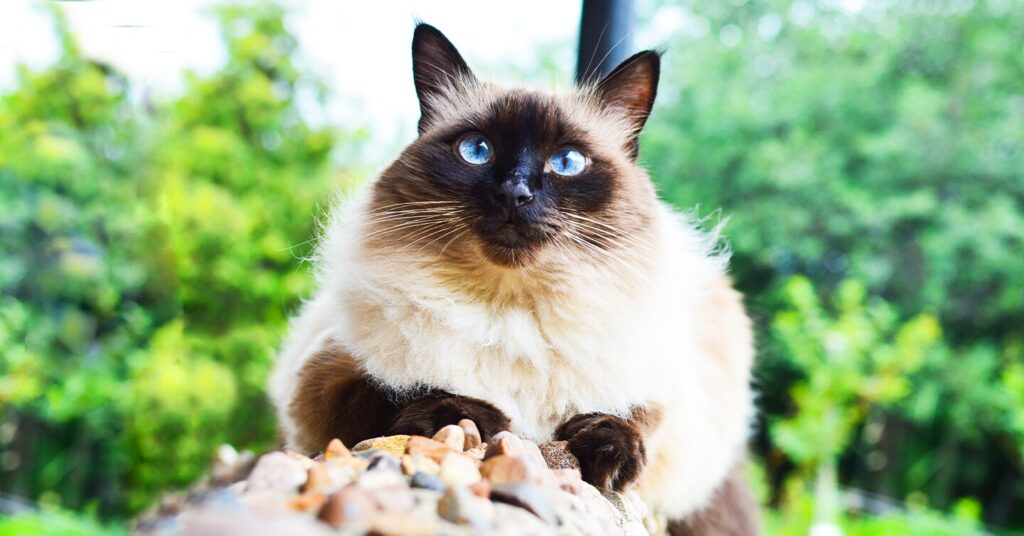
Breeders say that Balinese cats produce less Fel d 1 protein, making them better for people with allergies. Despite their long coats, Balinese are not frequent shedders and require minimal cat grooming. These allergy-friendly cats don’t have an undercoat, so their fur is less likely to mat. Plan to brush this kitty’s fur one to two times weekly.
Balinese cats, sometimes called the “long-haired Siamese,” are known to be smart, adaptable, and social. They get along well with children and other pets and appreciate a good balance of play and relaxation.
2. Siberian
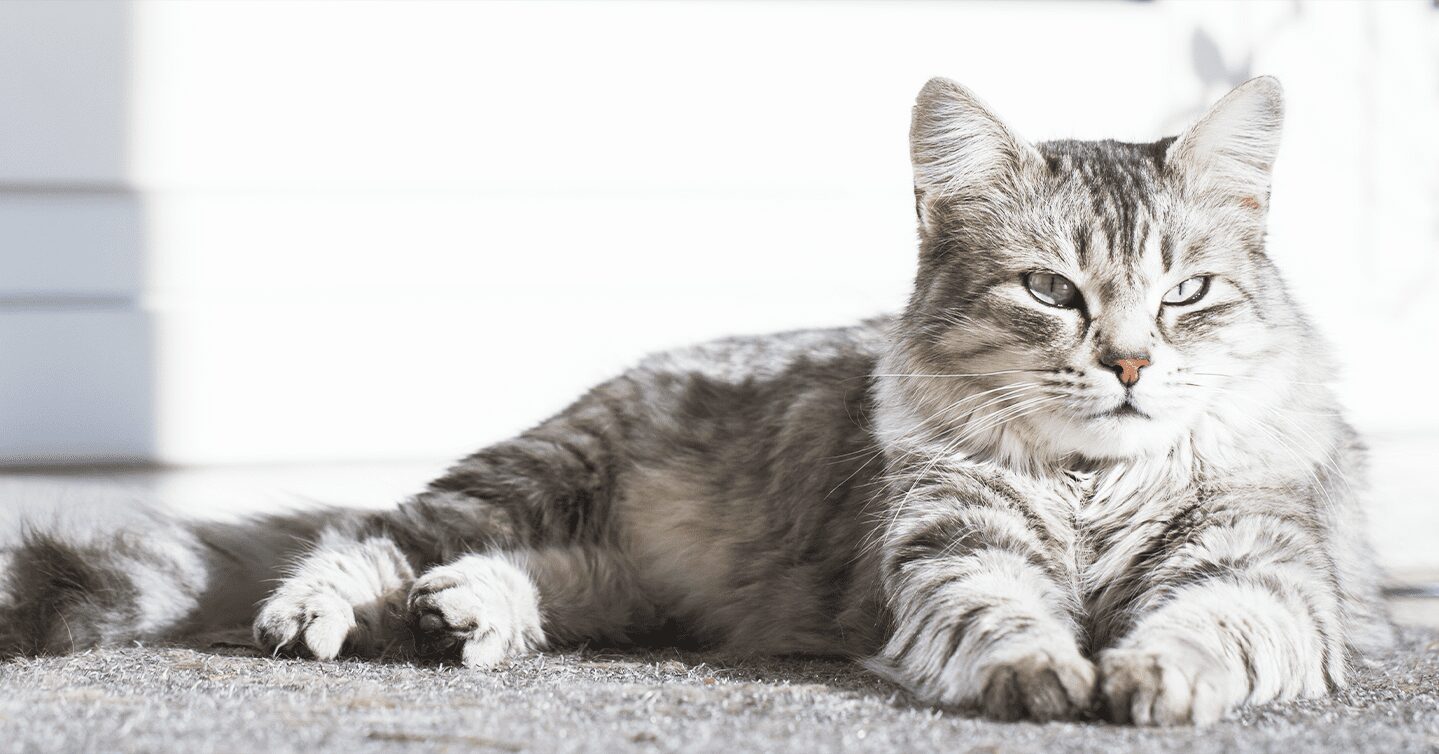
Don’t let the Siberian’s long coat intimidate you! Research shows that Siberians produce less Fel d 1 protein than other cat breeds, making this breed another optimal cat for people with allergies.
These beautiful cats have a triple coat, which you can maintain with weekly brushing. In terms of personality, Siberian cats are intelligent and curious. They are gentle around children, other pets, and visitors and are happy to have an audience for their antics.
3. Oriental Shorthair
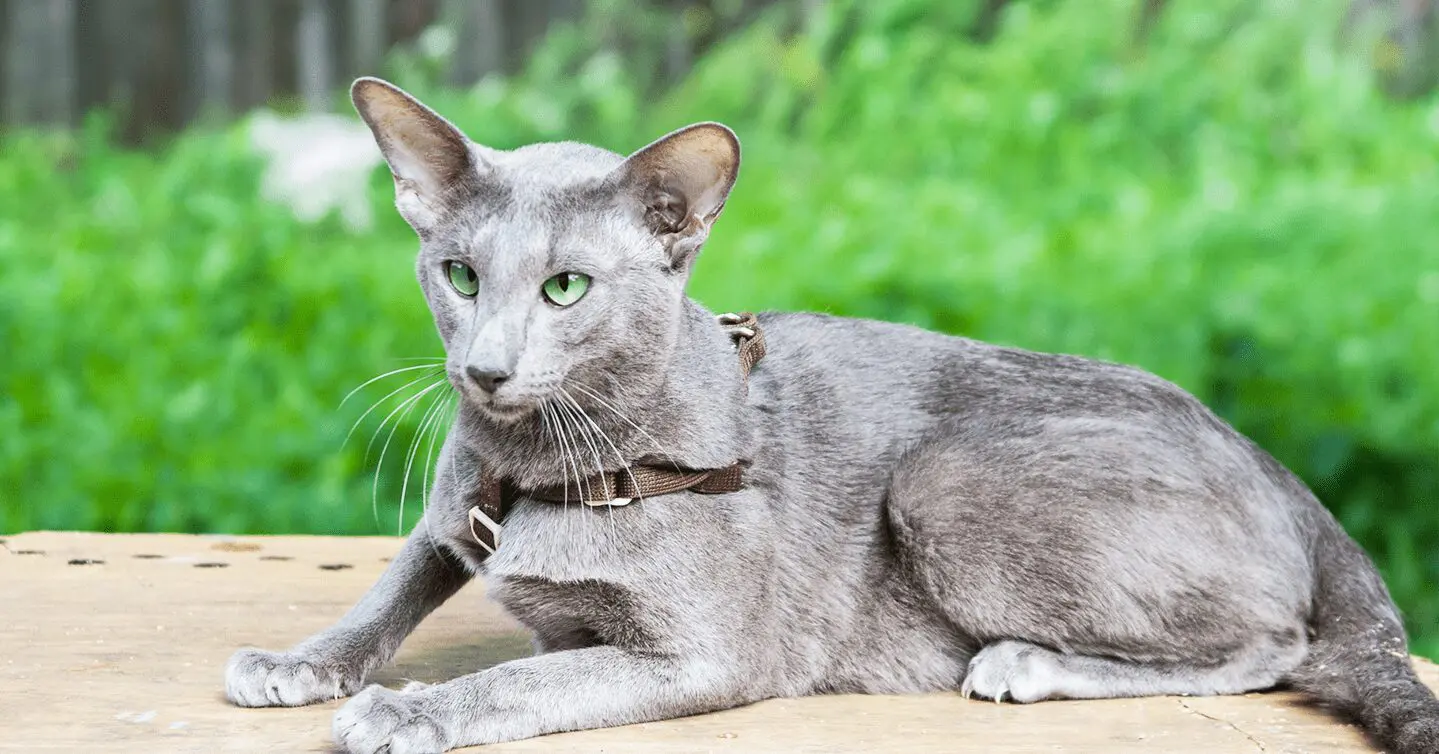
Oriental Shorthairs with short coats may be more suitable for cat allergy sufferers because they’re low-shedding cats. These cats have silky coats that are easy to care for and don’t shed too much. Regular brushing can help cut down on shedding even more and keep their coats shiny.
Oriental Shorthairs have adorable, large ears and are known to be very talkative, active, and outgoing. These cats will need lots of exercise and engagement to keep them happy.
4. Devon Rex
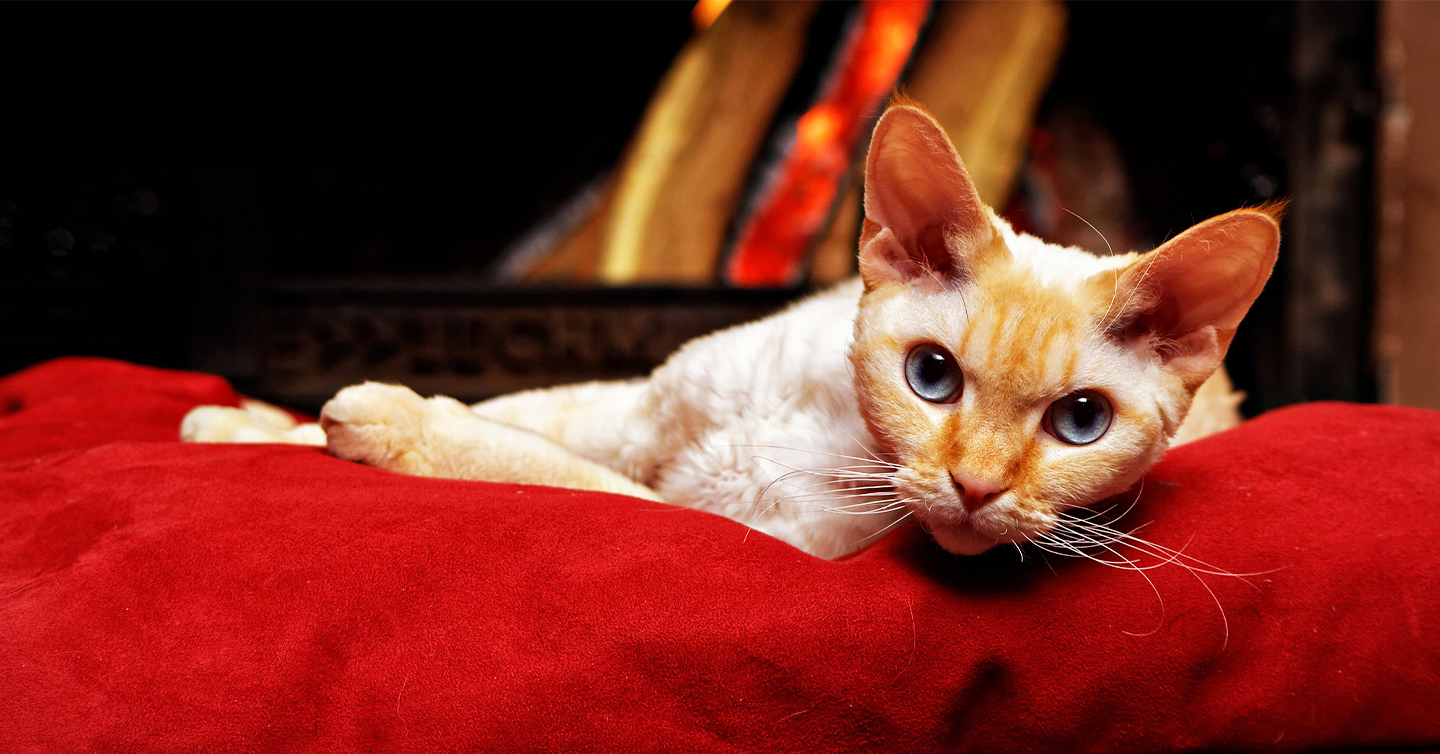
The Devon Rex may be another smart choice due to their thin, fine hair and tendency to shed less than many other cat breeds. You can wipe down this cat’s coat to encourage the spread of natural oils, but generally, Devon Rex cats won’t require much grooming care to keep them clean.
These cats have a lot of energy and like to use it. They love to be involved in whatever you’re doing and are known for purring loudly when happy. Devon Rexes are also said to be a little mischievous, so you’ll want to keep an eye out to ensure they’re not getting into trouble.
5. Cornish Rex
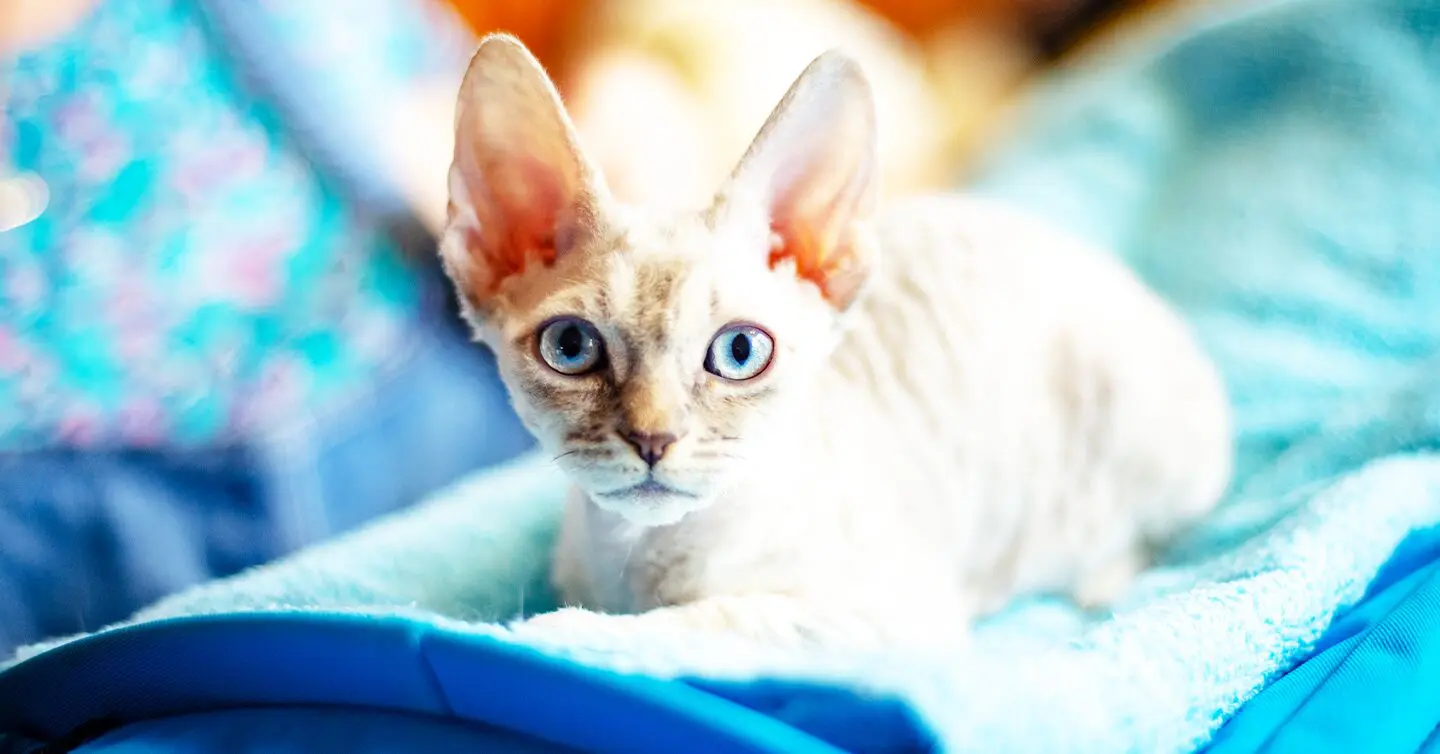
Cornish Rexes have curly coats that sit close to their bodies. Like the Devon Rex, these short, thin coats are low–shedding, often making this breed more tolerable to those with allergies.
Due to the nature of their coat, the Cornish Rex is predisposed to oil buildup, so they’ll need baths more than other breeds. These cats are fun, energetic, and love to play. The breed is curious and athletic, and unlike many cats, they love to be picked up.
6. Javanese
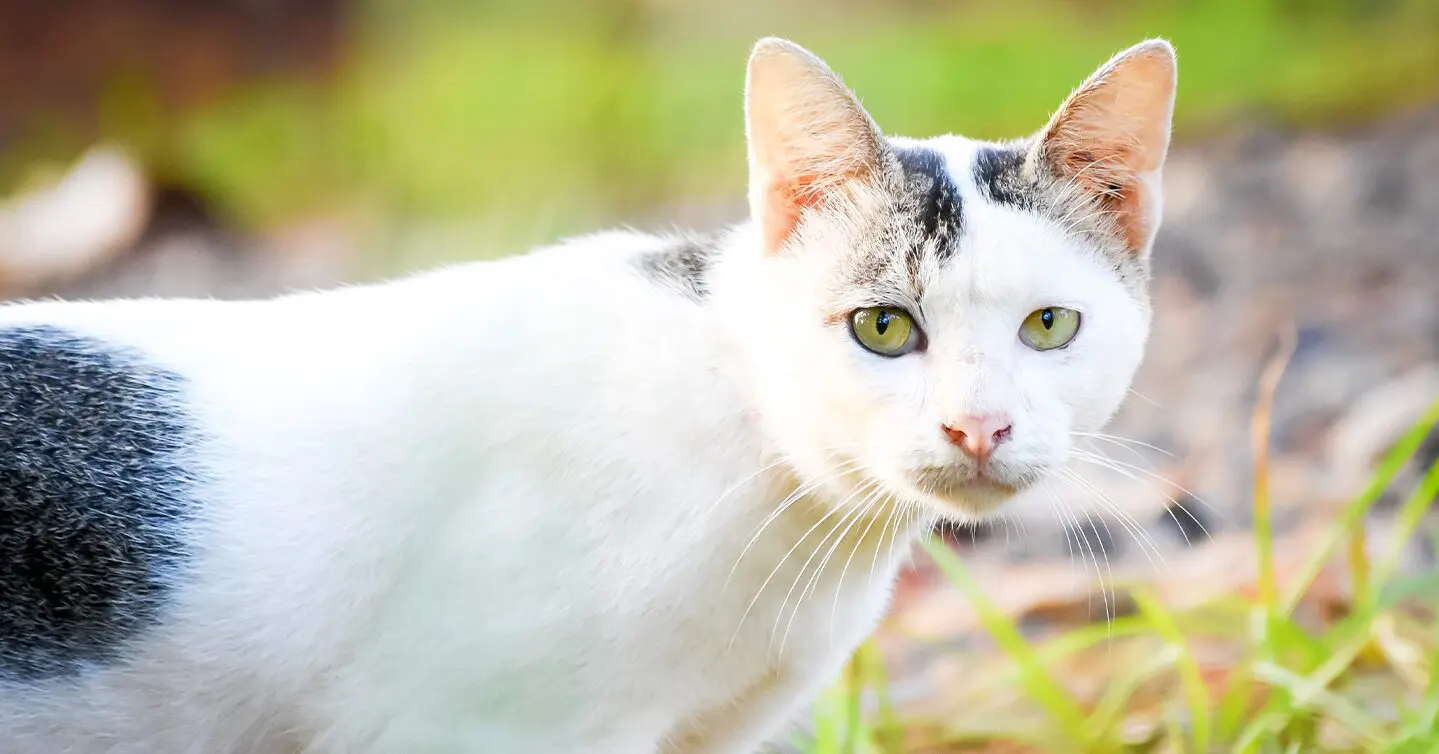
The Javanese are known to be one of the lowest-shedding hypoallergenic cat breeds. While they have a longer coat, regular brushing will help minimize allergens and avoid matting.
Originating from a cross between a Balinese and a Colorpoint Shorthair, Javanese are Siamese-like cats known for their vocalness. These chatty cats might talk back when spoken to or start chatting for no reason.
Javanese cats are also smart and athletic. They’re excellent jumpers and love to use their curiosity, exploring cabinets or drawers if they can.
7. Sphynx
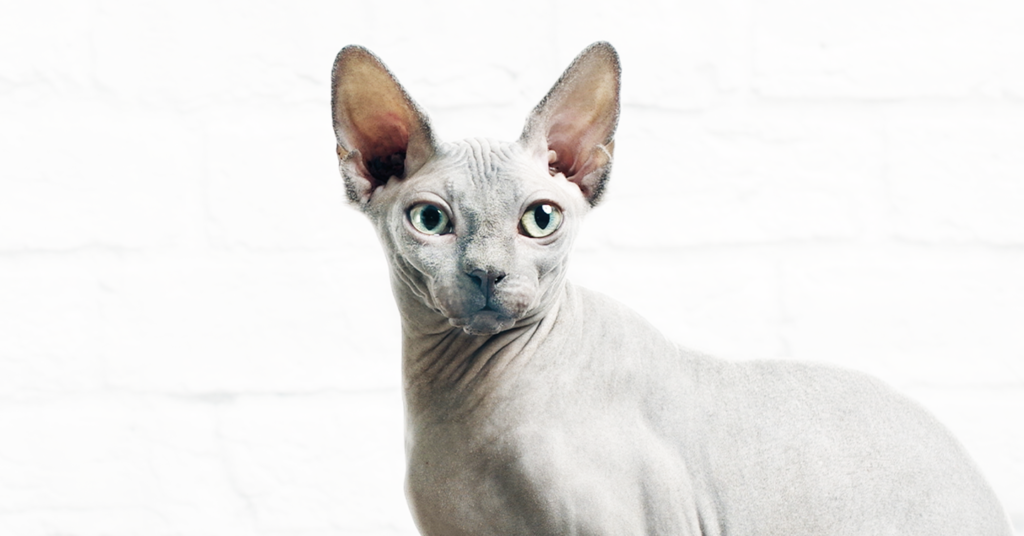
While some Sphynxes are entirely bald, others have a light coating of soft fuzz. Like all cats, Sphynx cats produce dander that rests atop their skin. Weekly baths are recommended to prevent the buildup of oil on their skin as well.
Sphynx cats are friendly, outgoing, and playfully mischievous. This breed is also intelligent, curious, and loves attention.
8. Burmese
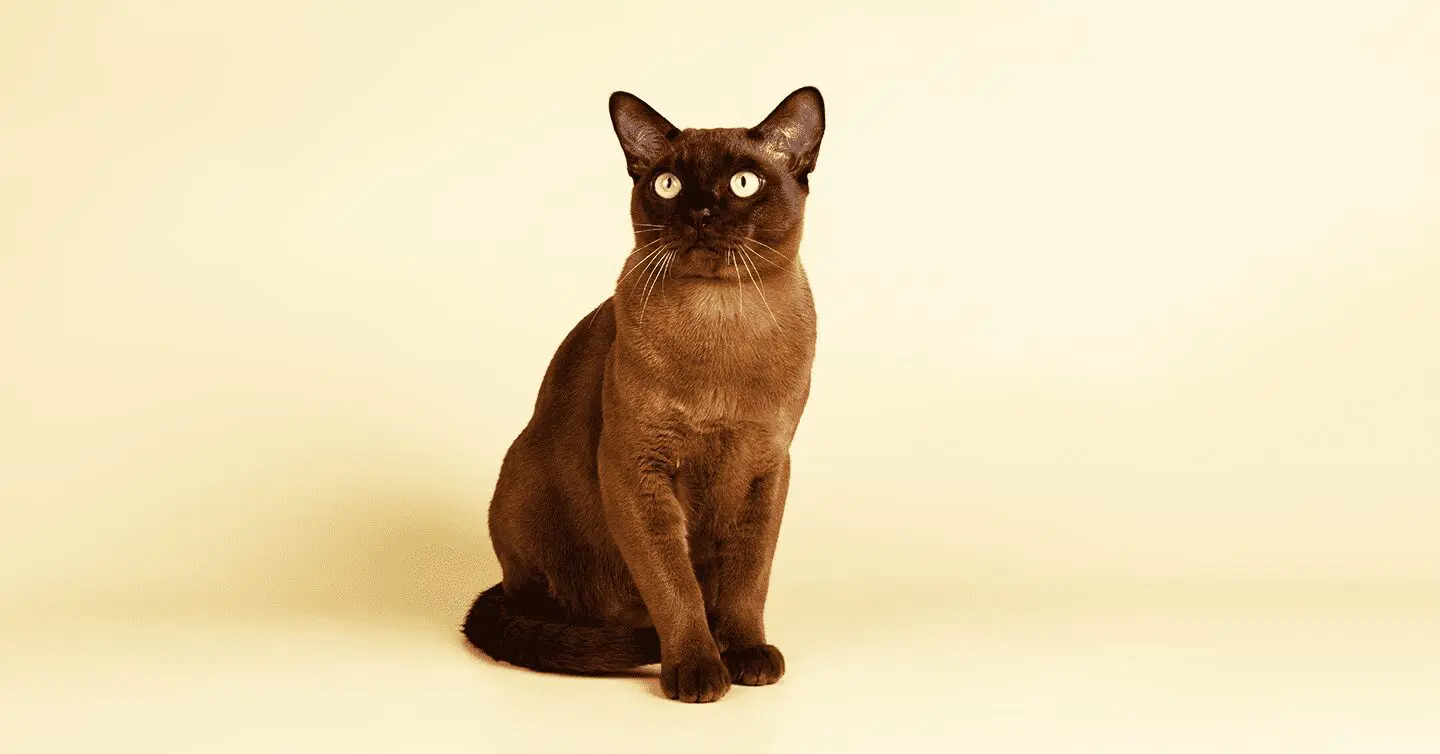
Burmese cats have short, silky coats. Although they may not be quite as low-shedding as some other breeds on our list, they’re still on the lower end of the spectrum, making them an excellent cat breed for those with allergies.
The Burmese is an energetic, talkative, and sometimes stubborn cat that loves spending time with their family, including other cats and dogs.
9. Ocicat
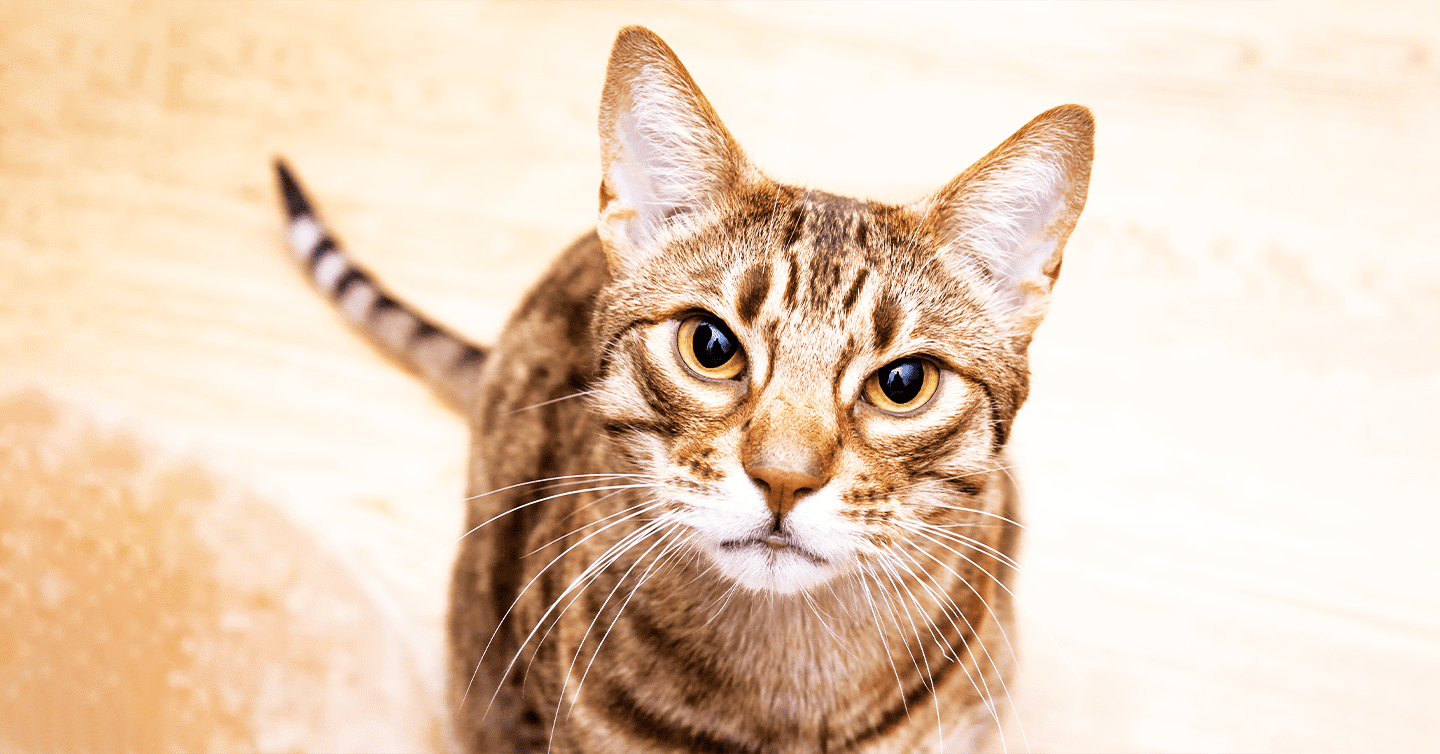
Resembling a miniature version of an Ocelot, the Ocicat is a low-shedding breed that reduces exposure to dander. Regularly using a grooming cloth to remove dead hair and skin can also help minimize allergic reactions.
Fun fact: Unlike many other cats, some Ocicats don’t mind water and may enjoy taking a bath from time to time.
These cats can be a little demanding — they’re outgoing, chatty, and always want to play. This cat may do well having another cat or dog in the house to keep them busy.
10. Russian Blue
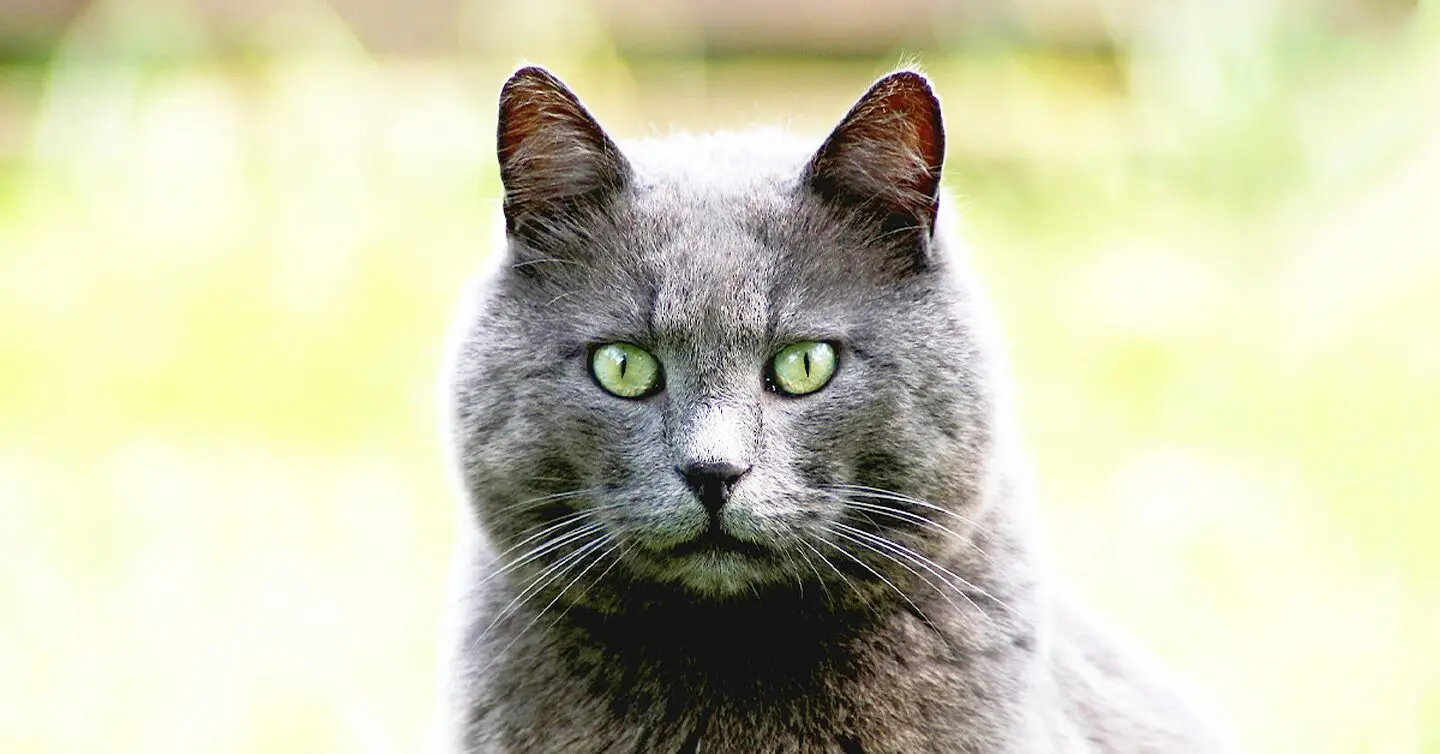
Russian Blues, recognized by their distinctive coloring, have short, dense coats. Generally, however, these cats keep their coats well-maintained, and regular brushing can help minimize shedding and other allergens.
Russian Blues are gentle, affectionate, and happy to spend quiet time alone and with their families. These cats are adaptable, empathetic, and sometimes a little shy.
11. Snowshoe
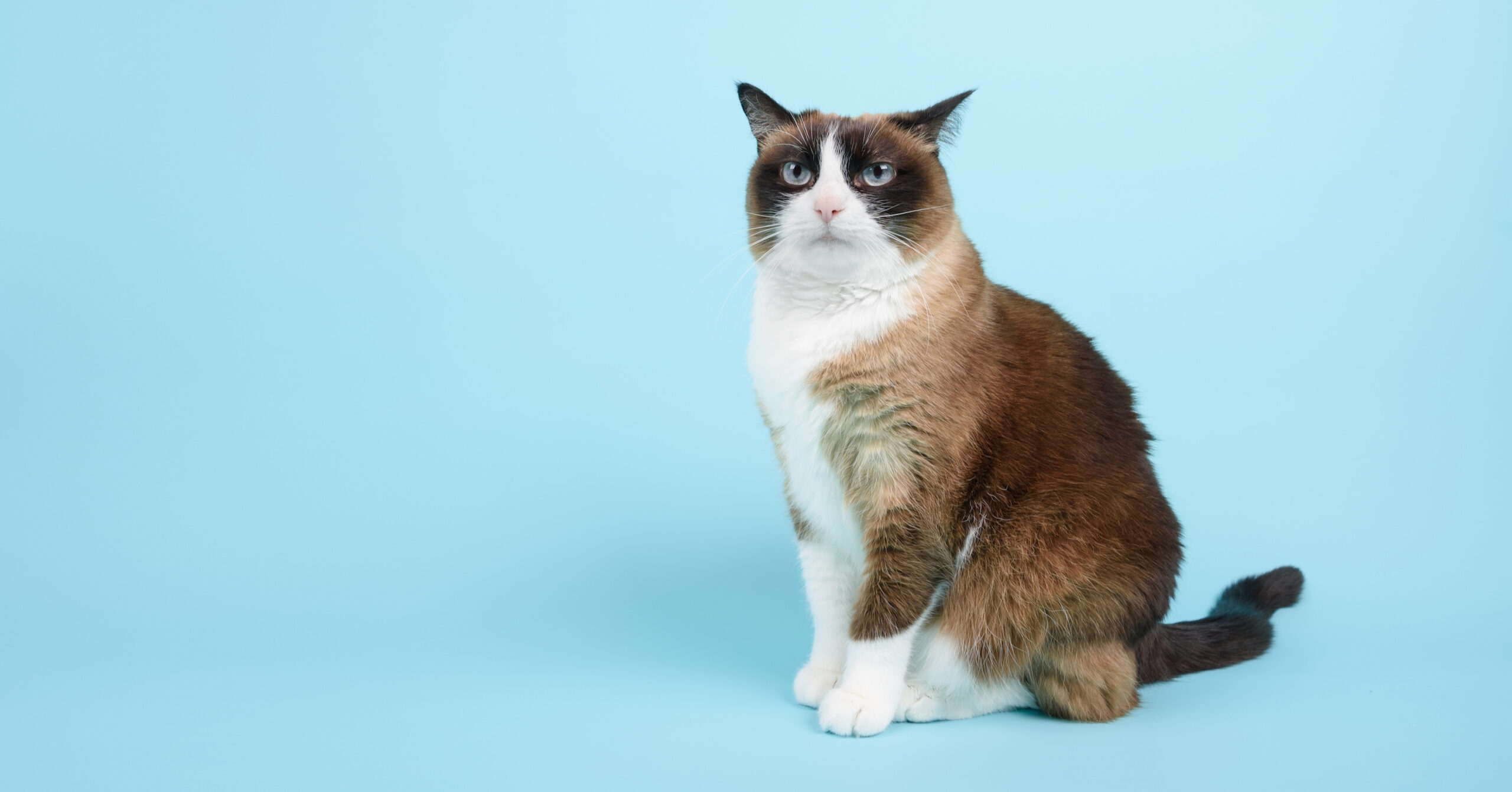
The Snowshoe offers cat lovers (and allergy sufferers) another great option. They have a short coat, no undercoat, and little shedding.
Snowshoes also love water, so they enjoy bath time. These cats are friendly and affectionate, often demanding attention from their families. They get along well with children and other pets, too.
12. Siamese
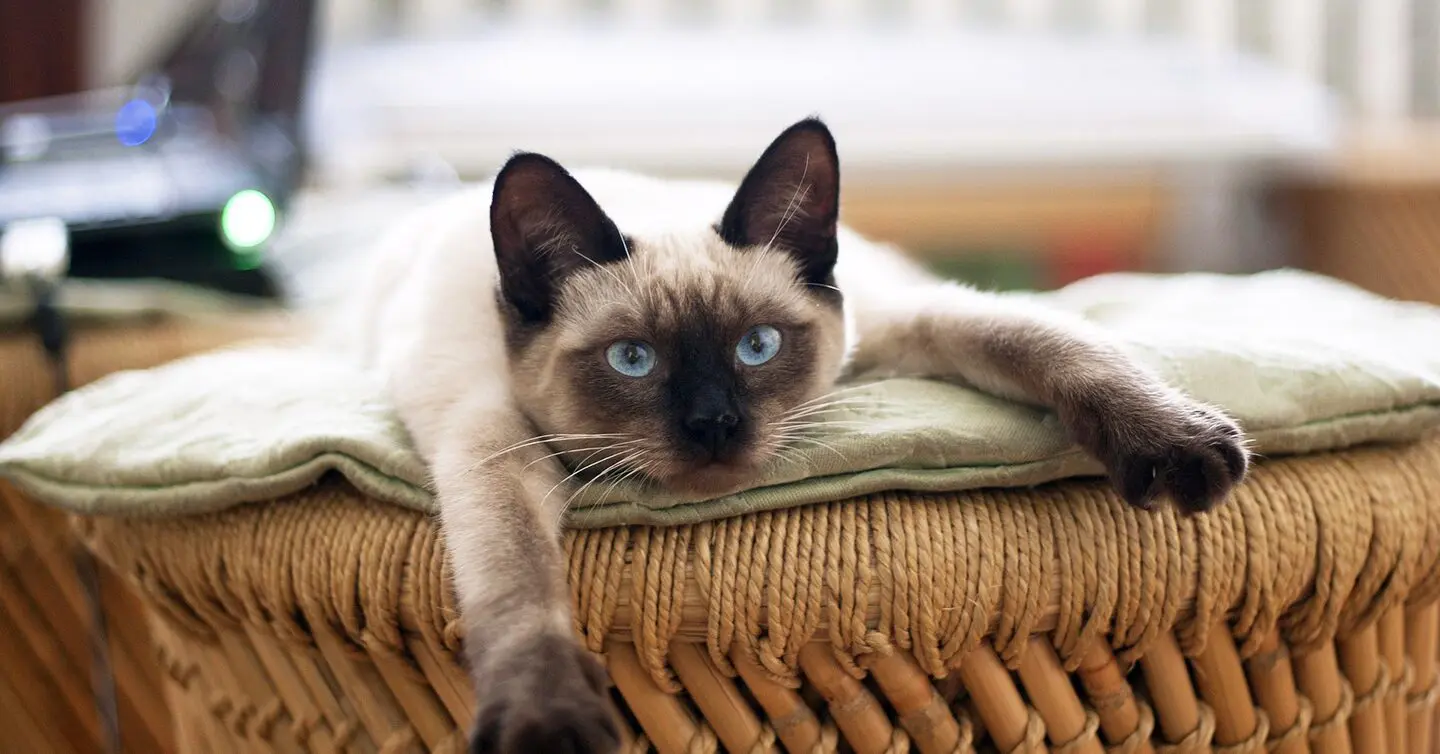
The gorgeous Siamese is one of the most popular cat breeds today. But, are Siamese cats hypoallergenic? Some breeders believe that these cats produce less of the Fel d 1 protein, but the evidence is anecdotal. However, because they’re known for light shedding, they could be a good match for people with mild allergies.
While not truly hypoallergenic, as no cat is, this breed has a relatively short coat. Owners should brush this cat weekly, although this cat may enjoy more grooming sessions since they thrive on attention.
Siamese are known for their distinctive features, including blue eyes and large ears. They tend to be chatty and love being around their families.
How to manage cat allergies
If you adopt a hypoallergenic cat, taking extra precautions is a good idea. And there are tons of reasons you might want to reduce exposure to allergens. Maybe you’ve started dating someone who’s allergic to your precious kitty, or perhaps you’re going to be staying with a friend who has a cat. No matter the reason, over-the-counter antihistamines aren’t your only line of defense.
Here are steps you can take to minimize allergic reactions to cats and their dander.
Reduce allergens in the home
Here are a few research-backed methods to reduce environmental allergens.
- If you can help it, keep your cat out of your bedroom.
- Place washable covers over your couch or other upholstered furniture.
- Create extra ventilation by opening windows or using HEPA filters.
- Clean your house weekly to reduce dander/fur buildup.
- Clean your cat’s litter box daily.
For even more recommendations, check out our handy spring cleaning tips for homes with pets.
Consult with your veterinarian
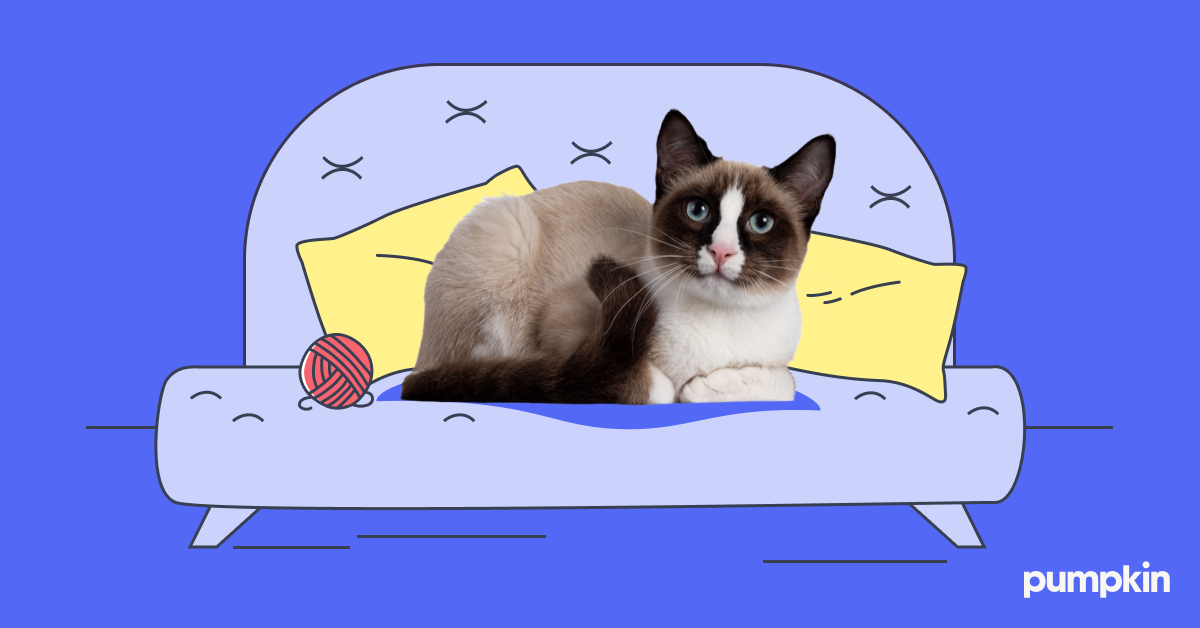
Before welcoming a new cat into your home, talk to your vet about which breeds might be better for your family, considering allergies, lifestyle, and environment.
Your veterinarian may also suggest whether your cat would be a candidate for a diet designed to reduce allergens. Some studies show promise in lowering kittens’ Fel d 1 protein through diet.
Make grooming a regular event
As with any cat, a consistent grooming regimen is essential to support their long-term health and keep dander at bay. Find a cat brush your cat enjoys and get them used to regular grooming. And even if your cat hates bathtime, sometimes it’s necessary.
Regularly clean your cat brushes, cloths, and tubs once finished. Enlist professionals if it’s too much to manage on your own.
What about allergy shots for cat allergies?
There is no cure for a cat allergy, and over-the-counter medications like antihistamines only temporarily reduce the symptoms. However, immunotherapy can help some people with pet allergies. Immunotherapy, also known as “allergy shots,” retrains the immune system, but it’s a lengthy process with a lot of unknowns.
Should I get a hypoallergenic cat?
Since no cat is truly hypoallergenic, if you or someone in your family has cat allergies, looking into cat breeds with minimal shedding and low grooming needs is a great place to start. However, it’s important to be realistic with yourself. For people who are extremely sensitive to dander and pet allergens, any cat might spark a reaction.
Do your research so you can make an informed decision. You need to consider the impact of allergies and the costs of caring for your new family member.
When future accidents and illnesses arise, Pumpkin Cat Insurance plans can help cover the cost of eligible vet bills so you can focus less on cost and more on care. If you do decide to adopt a hypoallergenic cat, remember that you can take steps to reduce allergens and minimize allergic reactions.
FAQs: Hypoallergenic cat breeds
- https://aafa.org/allergies/types-of-allergies/pet-dog-cat-allergies/
- https://pubmed.ncbi.nlm.nih.gov/19844127/
- https://onlinelibrary.wiley.com/doi/full/10.1111/all.14013
- https://www.ncbi.nlm.nih.gov/pmc/articles/PMC5753643/
- https://www.forbes.com/advisor/pet-insurance/pet-care/popular-cat-breeds/
- https://www.frontiersin.org/journals/veterinary-science/articles/10.3389/fvets.2024.1355390/full
- https://www.ncbi.nlm.nih.gov/pmc/articles/PMC5891966/
- https://www.nature.com/articles/s41598-024-55464-0
- https://www.scientificamerican.com/article/allergic-to-your-pet-this-immunotherapy-may-help/
